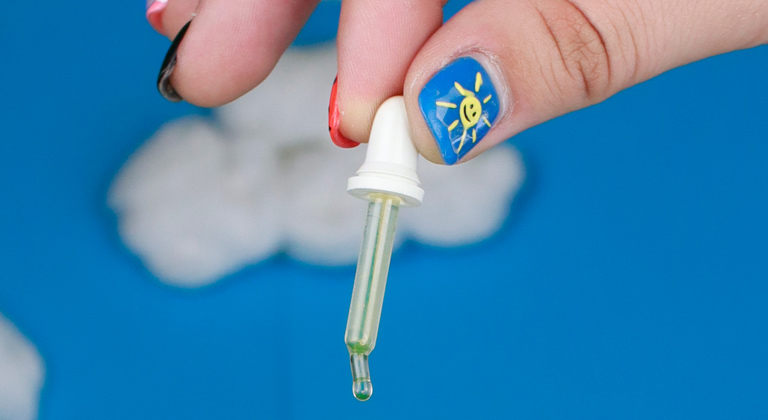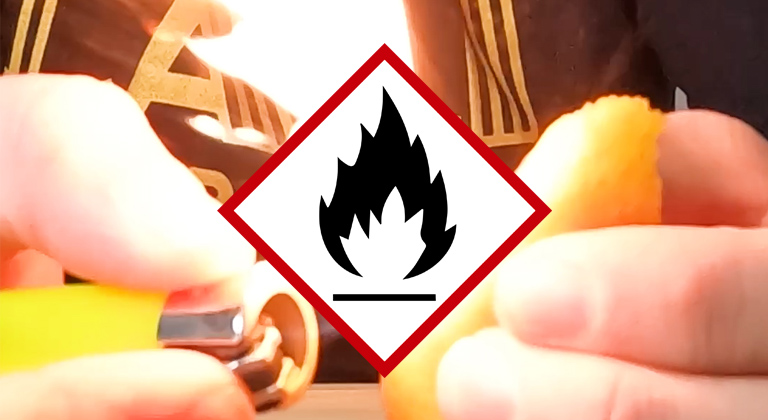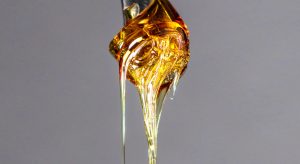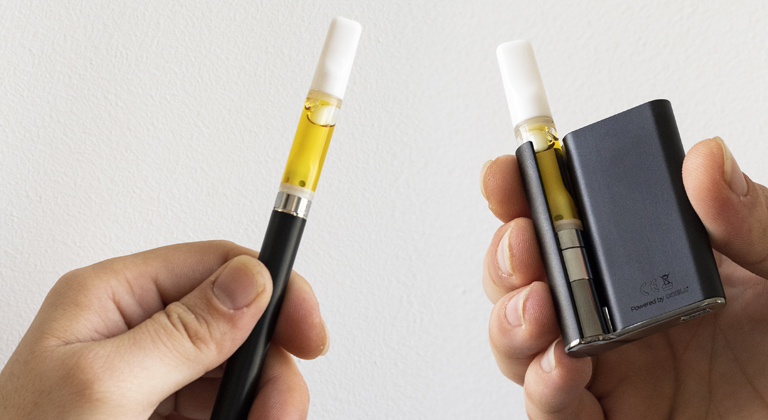Some compounds found in cannabis are widely known by the general public, such as THC and more recently, CBD. However, there are other compounds that can be found in the plant that people may not know as much about.
Cannabis terpene profiles are still not common knowledge, and not many people know about them, which means there’s less information available on their properties and use.
Our mission is to bring consumers real information about these aromatic molecules that we’re so enamored with. Like with any other product, terpene profiles require correct usage and handling to achieve their maximum potential.
Are Terpenes from Cannabis and Other Plants Flammable?
The aroma produced by Cannabis plants and other plants, flowers and fruits is composed of different terpenes. This terpene combination is known as the aromatic profile or terpene profile. Each aroma is made up of dozens of different terpenes, such as Caryophyllene, Terpinolene, or Linalool, among others.
Some of these terpenes are considered flammable in their pure state and in high proportions. One of them is, for example, Limonene.
But, does this make them flammable? First, we must consider the difference between combustible and flammable.
- Combustible: materials or elements that burn in the presence of heat and energy without the need of a direct flame. Once the inflammation temperature is reached, they burn without the need of a spark or a flame.
- Flammable: this group includes elements that have a low inflammation level and that can burn in the presence of an ignition source; for these items to catch fire they need a spark or a flame.
It’s curious to note that, additionally, most flammable products don’t burn in certain proportions even with a flame or spark nearby, they require specific concentrations.
Have a look at the following video; when we bring the flame closer to the lemon, there’s no reaction. However, when squeezing the lemon peel, the limonene shoots out in a practically pure state and catches fire when near a flame.
Are Terpene Profiles Flammables When Used?
When our terpene profiles are used to aromatize cannabis products, food or beverages, as well as other products, the high concentration is dissipated and mixed or diluted in proportions a that are not flammable (remember that the most you should use of our aromas is 4% in order to provide enough aroma and flavor to any product).
The flammable capacity of Limonene and other terpenes with the same characteristics disappears alongside the high concentration of the molecule.
For example, let’s say that our Terps Spray is used to add aroma to a cannabis bud harvest that, for whatever reason (growing conditions, excessive heat, genetics, drying process etc.) has lost its aroma and flavor.
When terpene profiles are added using Terps Spray. They are sprayed evenly over the surface of the product, as the spray was designed for this exact purpose. In this case, the amount of Limonene on the flowers would not be concentrated enough to be flammable. In fact, it’s the same concentration that’s found naturally in strains such as Nina Limone or Super Lemon Haze, just as examples of strains high in Limonene.
In reality, when using Cali Terpenes terpene profiles on cannabis flowers that have lost some of their aroma, you’re giving nature back its bower. You’re putting back an element that naturally exists in the plant already. As we all know, cannabis flowers are not flammable regardless of how high their limonene content is; the concentration of this terpene is too low, even though its aromatic presence may be high.

Are All Terpene Profiles Flammable?
No. While considering a product flammable is a question of safety (that’s why the warning is there), not all terpene profiles can be considered flammable even when found in their purest state.
Take the case of, for example, Grapefruit OG, which doesn’t contain any terpenes with flammable characteristics in high enough proportions to be considered flammable.
Now you know why our containers have a flammable warning, but you can learn even more about these safety warnings in our sustainability section.
Until next time!
Cali Terpenes









